
What is Resistance Economy?
TEHRAN (Basirat)- The Economy of Resistance is a type of economy which promotes growth and dynamism under difficult conditions such as sanctions, threats, pressure and animosities.
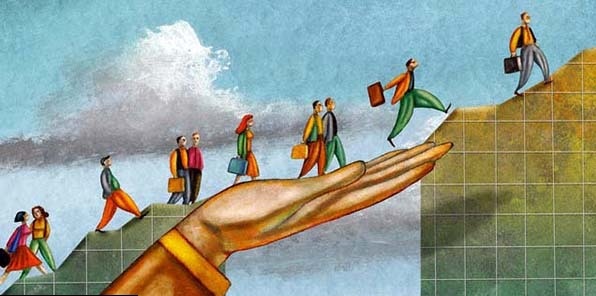 The Economy of Resistance is a type of economy which promotes growth and dynamism under difficult conditions such as sanctions, threats, pressure and animosities,Mostafa Qorbani development expert wrote for Basirat news & analysis website.
The Economy of Resistance is a type of economy which promotes growth and dynamism under difficult conditions such as sanctions, threats, pressure and animosities,Mostafa Qorbani development expert wrote for Basirat news & analysis website.Resistance Economy is a model of economy proposed by Leader of the Islamic Revolution Ayatollah Seyed Ali Khamenei nearly 4 years ago in a bid to pave the way for a transition from the era of Western-imposed sanctions and powerfully deal with international developments and oscillations.
This model of macro management of economy is based on strengthening of domestic capacities and at the same time rules out isolation. In other words, safeguarding international relations and tapping into foreign capacities for a country’s development is essential from the perspective of the Resistance Economy. But the mentioned data-x-items are used in order to reinforce domestic production within the framework of this strategy. Therefore, the macro policies of the Economy of Resistance, which is a role model for development, not only demand and promote convergence in the global economy, but also seek a "strategic plan for convergence” at global level. This means that the country’s gates of economy will only be open to foreign investors to an extent that the domestic production is bolstered and the national economy is boomed.
Thus, it is safe to say that this strategy calls for growth and increase from inside with an eye on outside. The Economy of Resistance is an active and dynamic knowledge-based model not a passive and closed one because resistance (here means endeavor and innovation) is typically exercised to overcome development barriers. The resistive economy slashes dependence, highlights benefits of domestic production, and promotes self-reliance. In fact, this type of economy seeks to overcome pressure and economic blows of enemies. Here we can point to three distinguished features of this model in total:
1: The Economy of Resistance focuses on growth and development of domestic production and attaches importance to giving immunity to the backbone of a country’s economy in the face of foreign onslaughts.
2: The Economy of Resistance is not limited to domestic capacities and it sets sights on outside world as well. Its eye on the outside world is only meant to serve to enhance domestic factors.
3: The Economy of Resistance requires its new horizons to be expanded. New opportunities, advantages and paths should be also tapped into and discovered.
So it can be said that the Economy of Resistance is a role model for economic development in eras of sanctions, scarcity, and enmity. In other words, at a time that states’ developments hinge upon international relations and given the fact that the Islamic Republic of Iran has now restrictions in its international trade, this type of economy can help strengthen domestic production and capacities in an attempt to ensure a transition from these sanctions and also stop recession and a halt of decline. As mentioned earlier, this model has an eye on the outside world and does not promote isolation at international level.
Given the above-mentioned facts, what is the significance of implementation of the resistance economy in post-JCPOA (Joint Comprehensive Plan of Action) era? Although this model of economy is suitable for sanctions era, but following its policies in the post-sanctions era would be more crucial. The main reason for this is that Iran’s economy is suffering from profound infrastructural problems whom their resolution will come true except through the Economy of Resistance. Basically, while the removal of sanctions would improve the economic situation, it cannot tackle the economic woes totally.
However, all the problems do not have their origins in the sanctions; it means that sanctions are not the single main cause of Iran’s economic woes and, thus, their lift cannot tackle all problems. Therefore, we need to think of a solution except for sanctions removal in order to address economic problems and the answer is the Economy of Resistance.
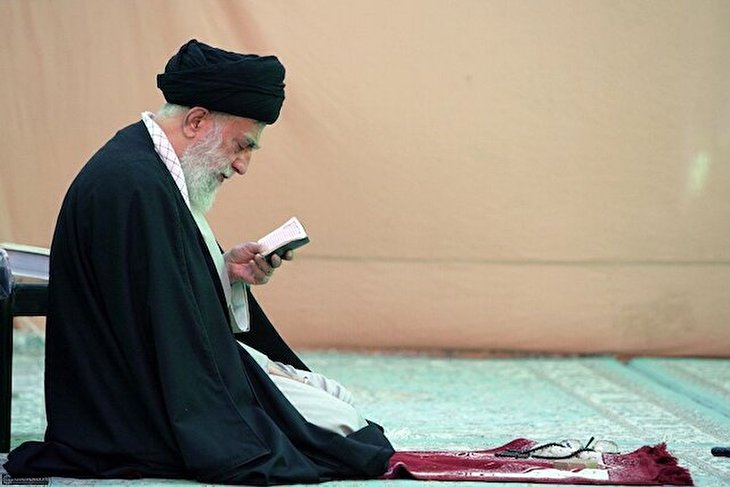
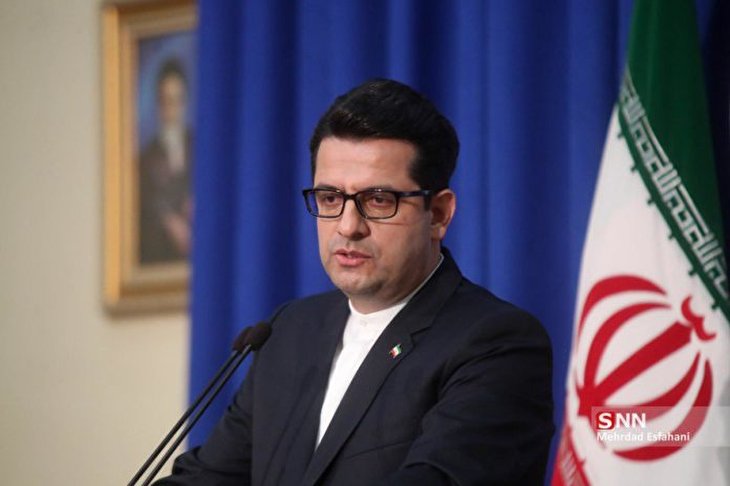
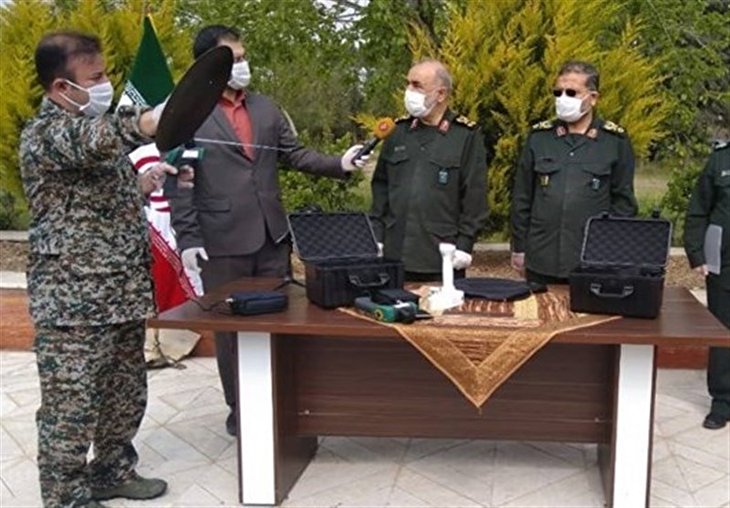

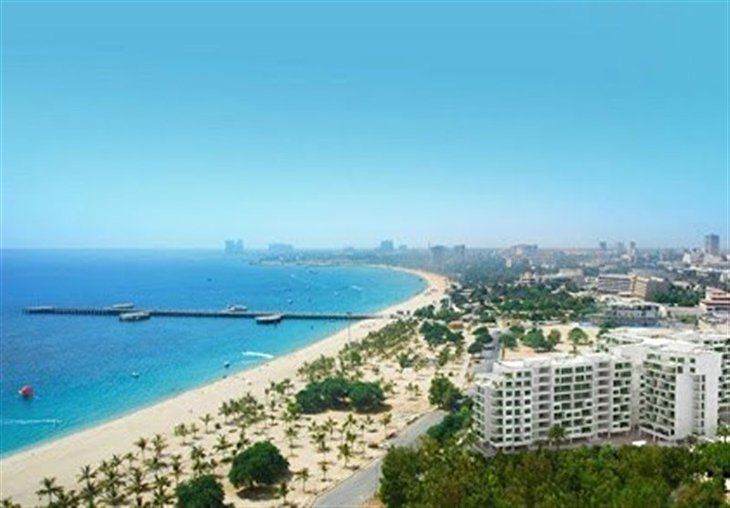



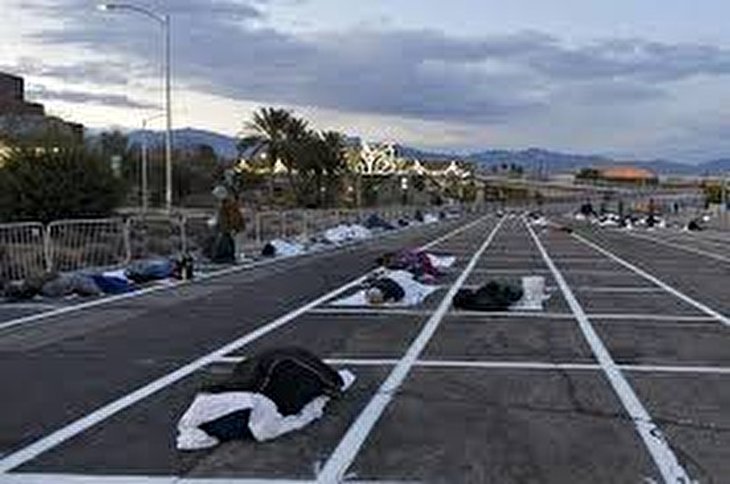
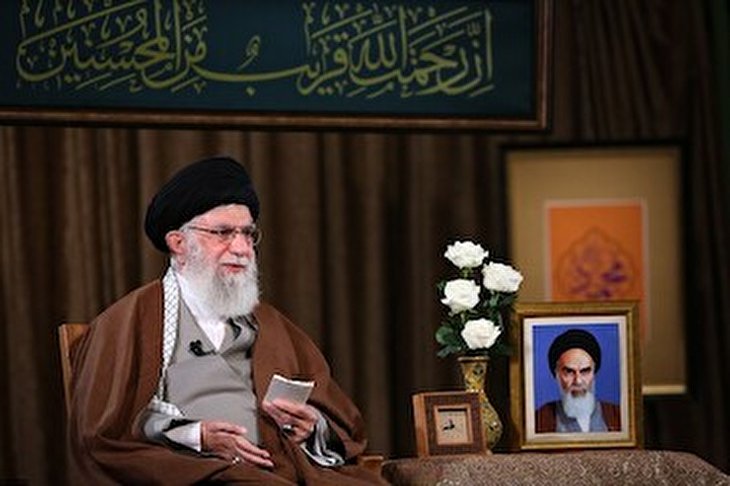
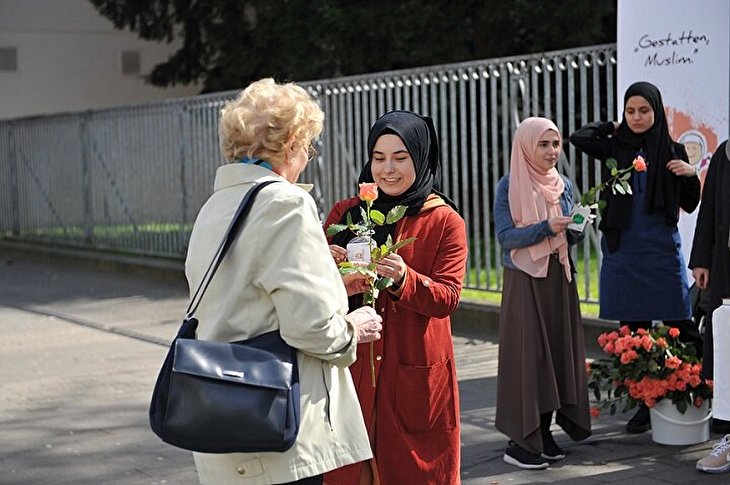
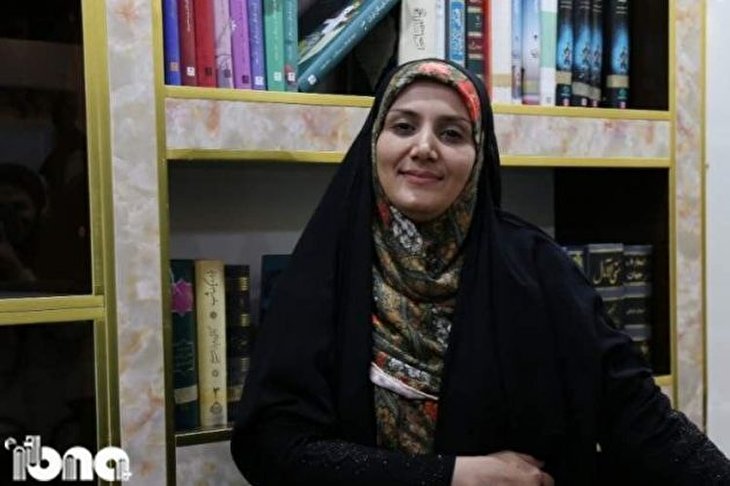

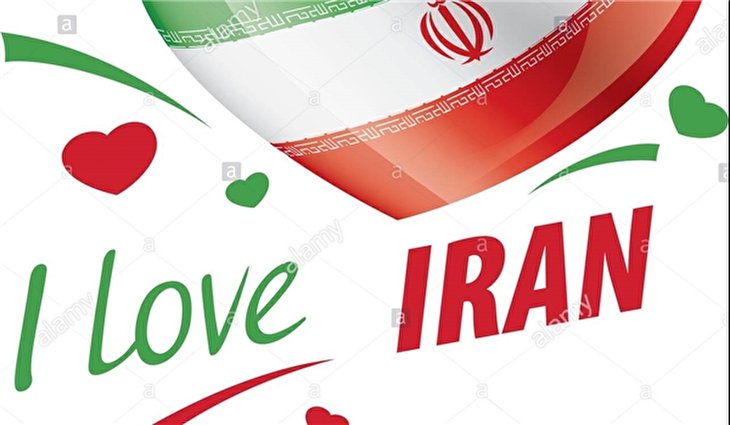
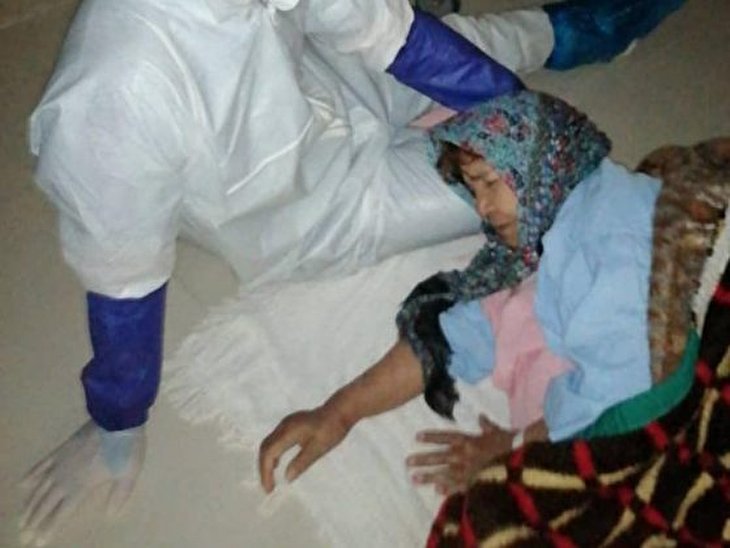
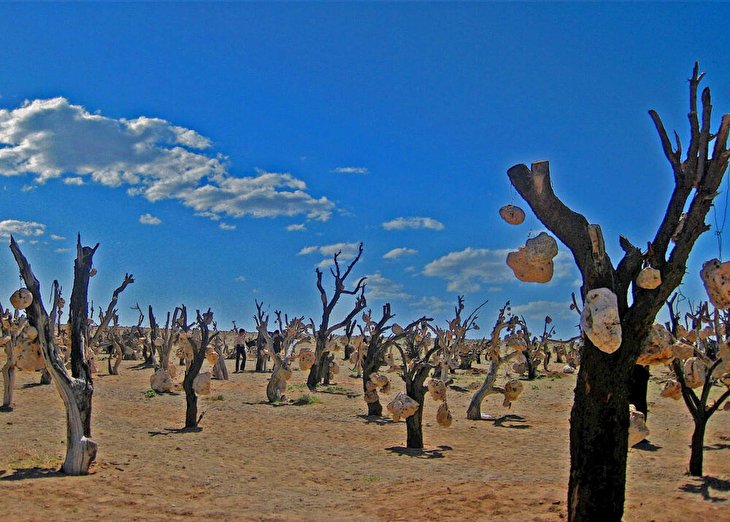
Thank you for your expression about resistance economy, in my opinion, you have neglected many dynamic models in this paper, for example:
1. Social motivation factors
2. Structures on based on private sector’s duties
3. Fulfilling of spiritual projects
4. Usefulness for all via distributing of justice basis on right and social shares
5. And hundreds of basic macro factors
please refer to my website: www.elmemofid.com